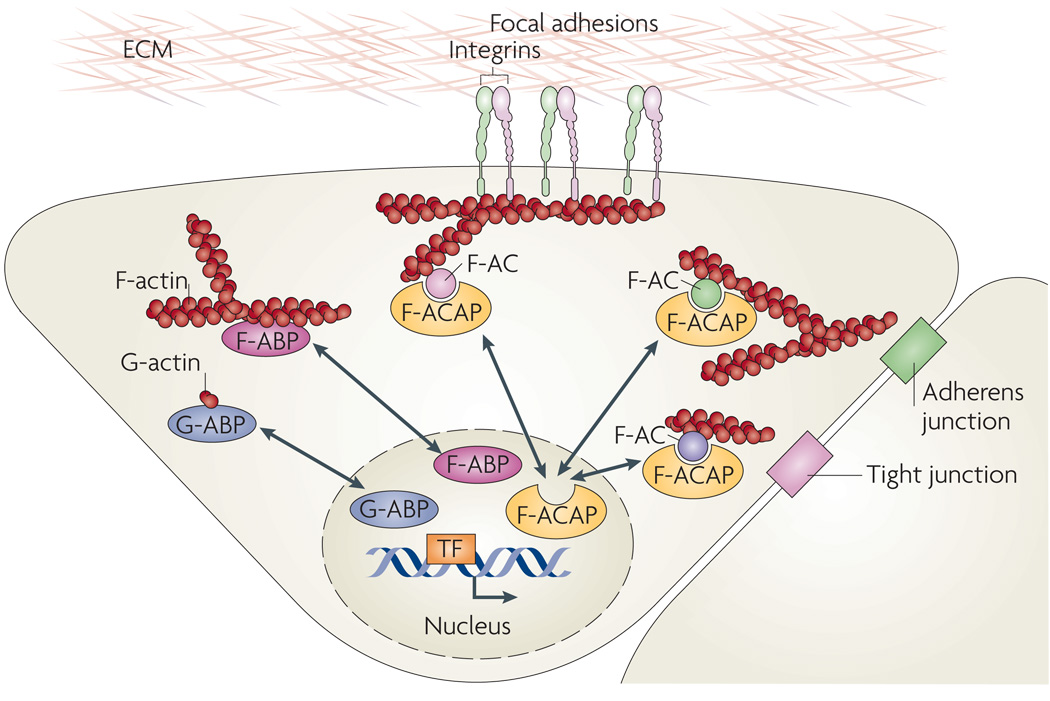Figure 2. Actin-binding proteins as microfilament messengers.
A model summarizing the nucleus–cytoplasm shuttling of three different types of actin-binding proteins (ABPs): globular actin (G-actin)-binding proteins (G-ABPs), filamentous actin (F-actin) binding proteins (F-ABPs) and F-actin complex-associated proteins (F-ACAPs). Examples of G-ABPs include myocardin-related transcription factors (MRTFs), striated muscle activator of Rho-dependent signalling (STARS, also known as ABRA), junction-mediating and regulatory protein (JMY), β-thymosin, profilin, neural Wiskott–Aldrich syndrome protein (N-WASP), the actin-related protein 2/3 (ARP2/3) complex and spire31. Examples of F-ABPs include the actin-binding LIM proteins (ABLIMs) cofilin, gelsolin, filamin, α-actinin, supervillin and LIM and SH3 domain protein 1 (LASP1)31,32, and examples of F-ACAPs include ABL1, integrin cytoplasmic domain-associated protein 1 (ICAP1α), LIM domain proteins and p120-catenin44. The shuttling LIM domain proteins zyxin, lipoma-preferred partner (LPP), Cys-rich proteins (CRPs), Hic-5 (also known as TGFB1I1), antileukoproteinase (ALP), paxilin and LIM and SH3 domain protein 1 (LASP1) were shown to directly bind F-actin, whereas LIM kinase, particularly interesting new Cys-His protein 1 (PINCH; also known as LIMS1) and four and a half LIM domains protein 2 (FHL2) are probably indirectly linked to F-ACs44,45. F-ACs assemble at the cytoplasmic sides of focal adhesions, cadherin-mediated cell–cell adherens junctions and cell–cell tight junctions. TF, transcription factor.

